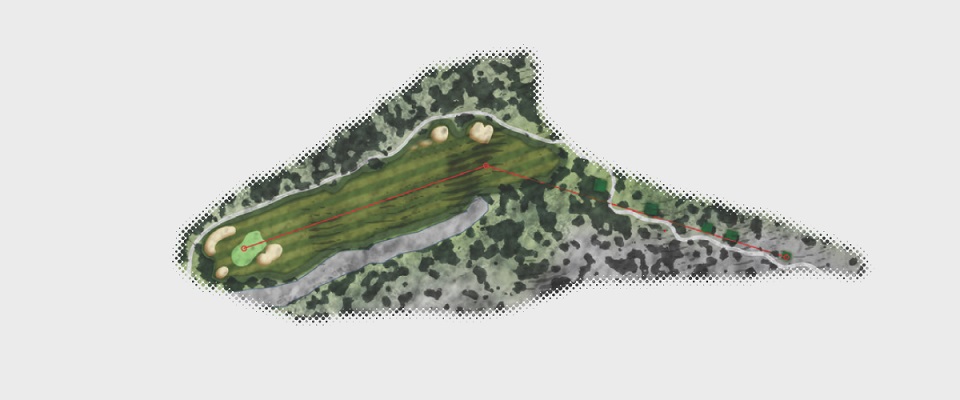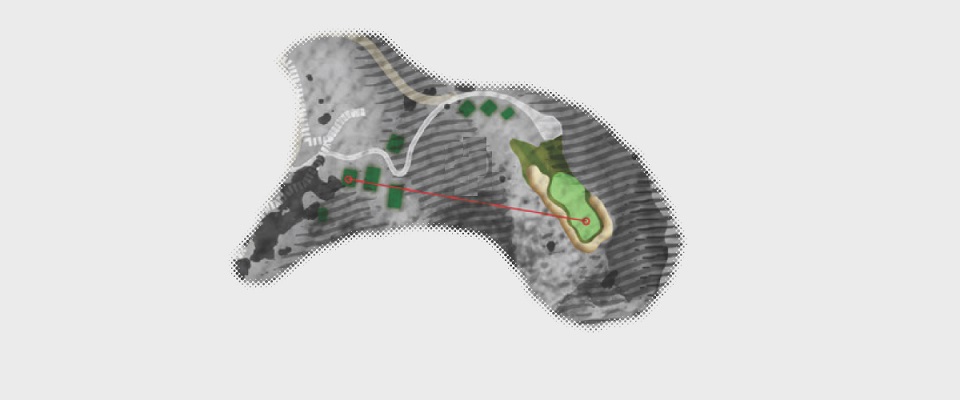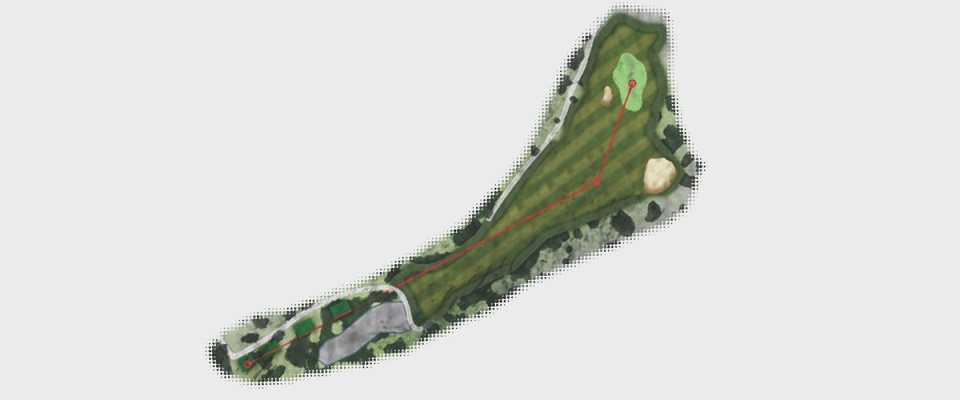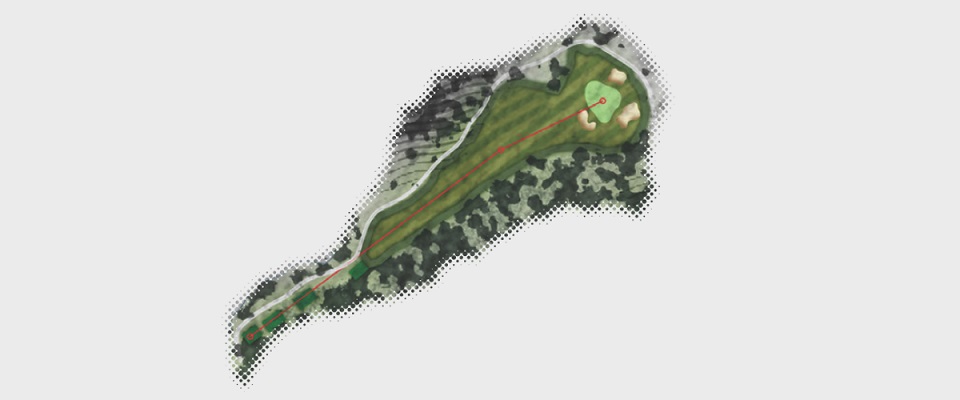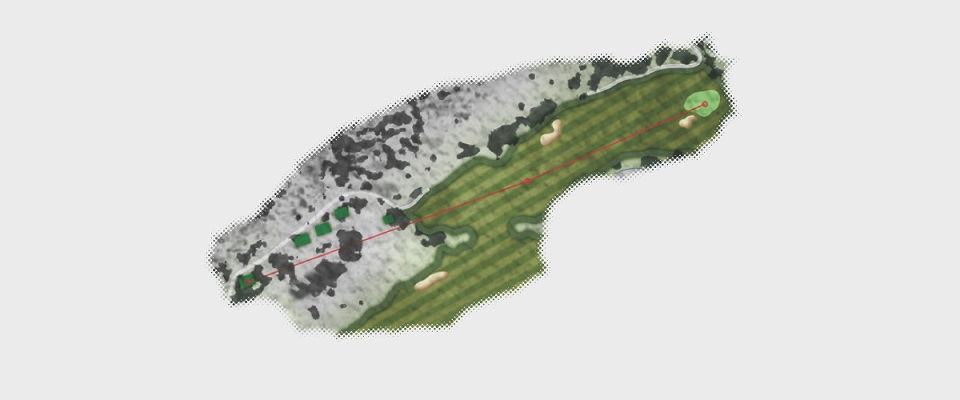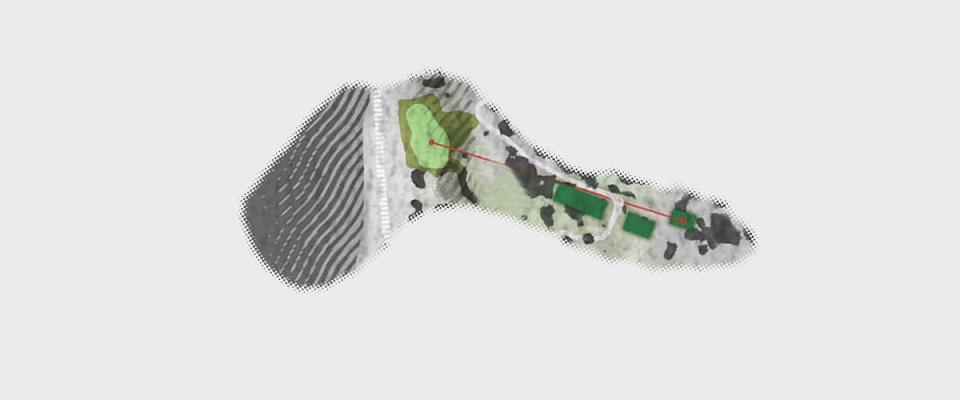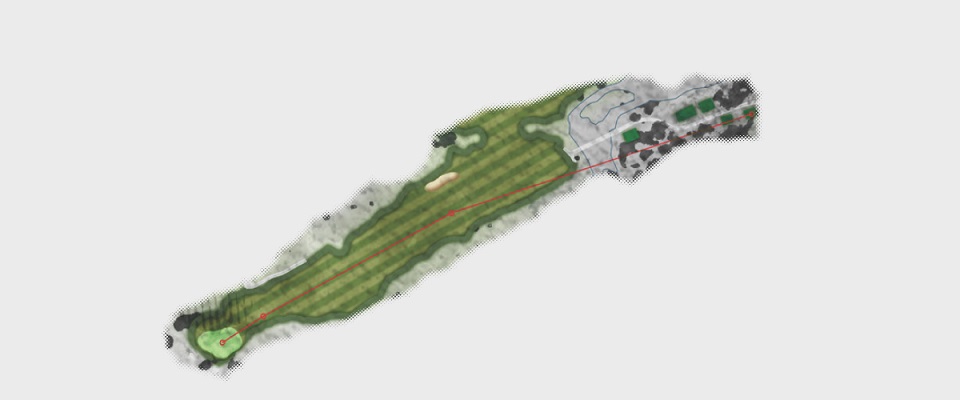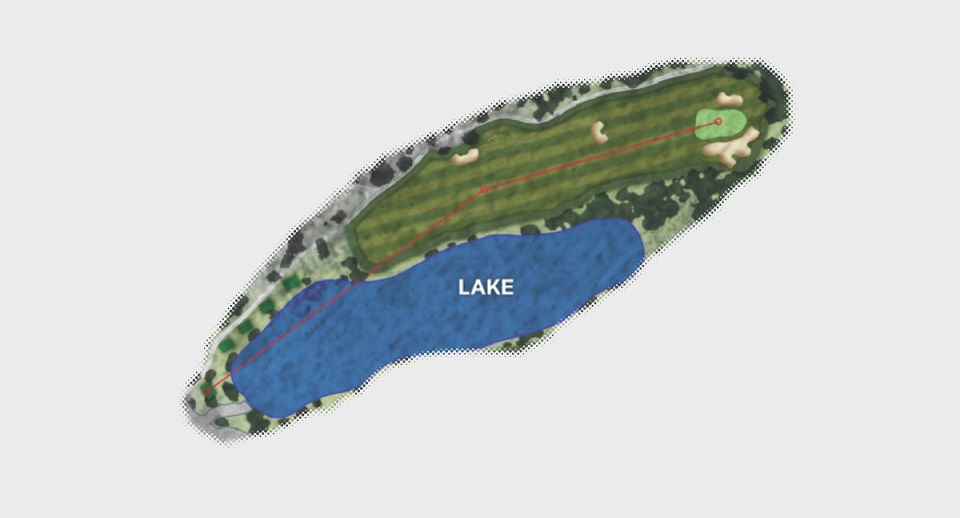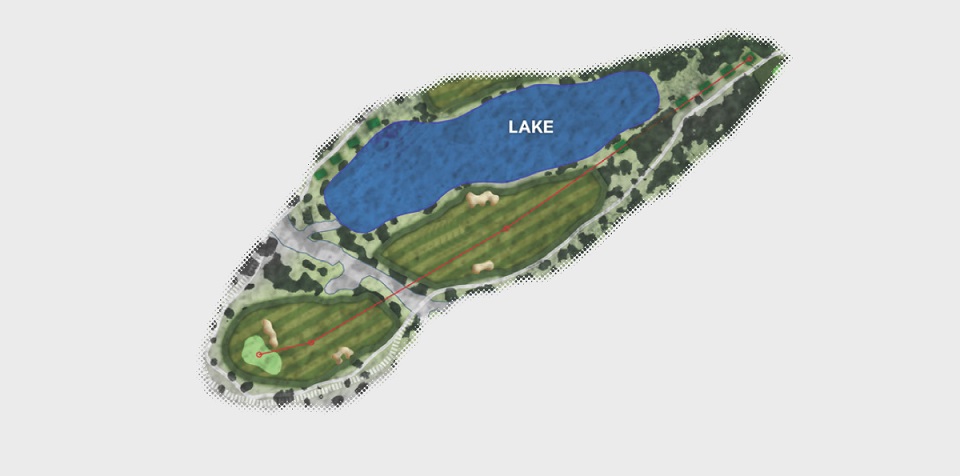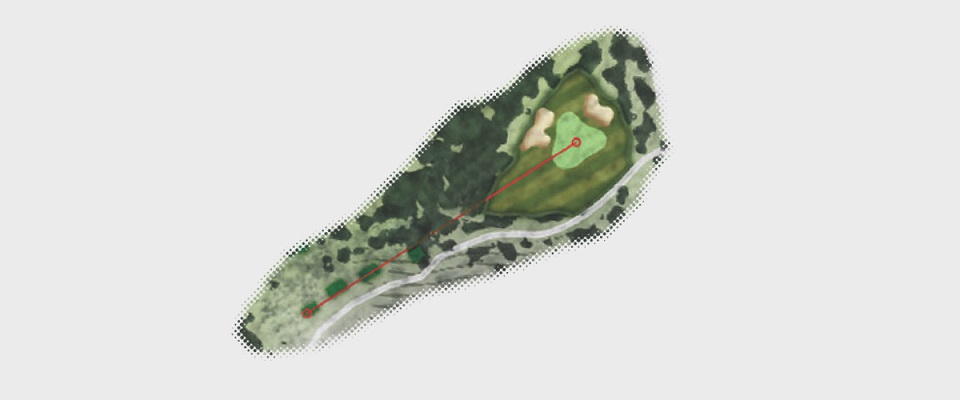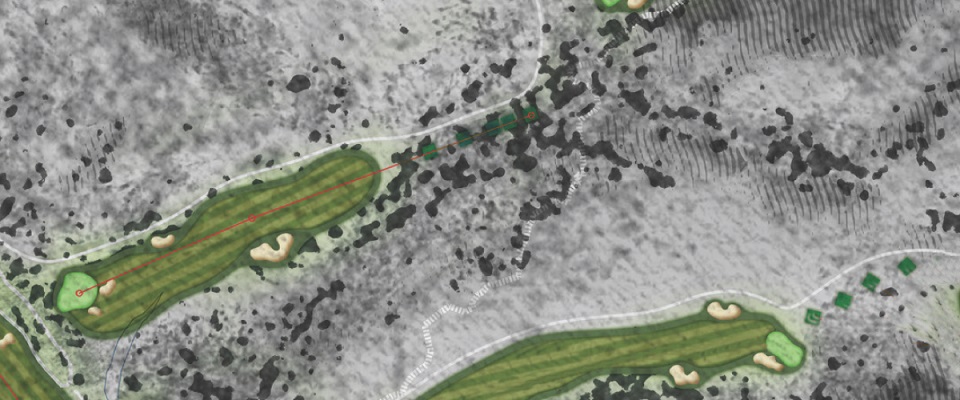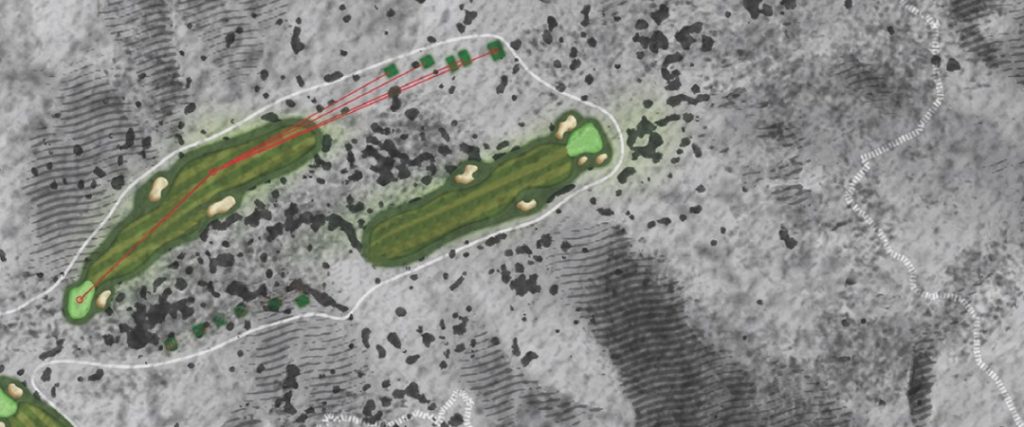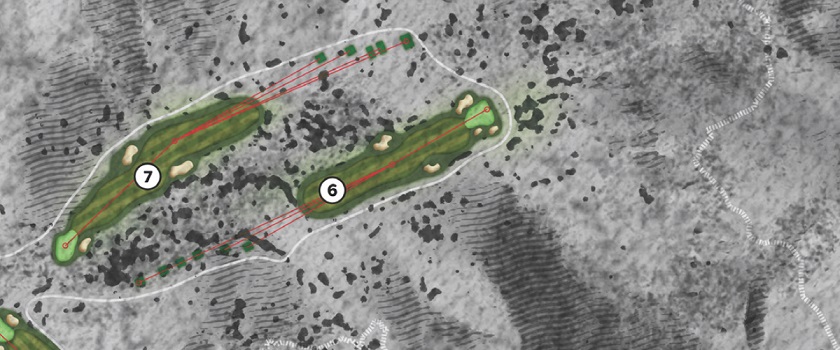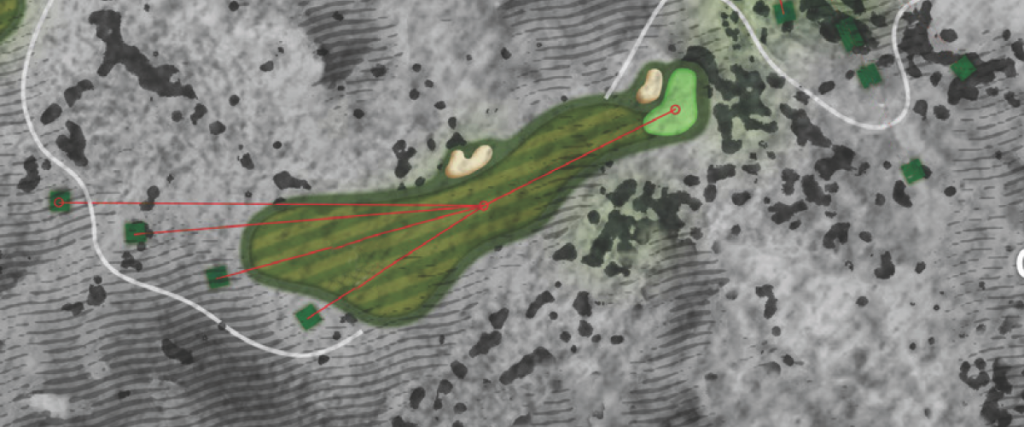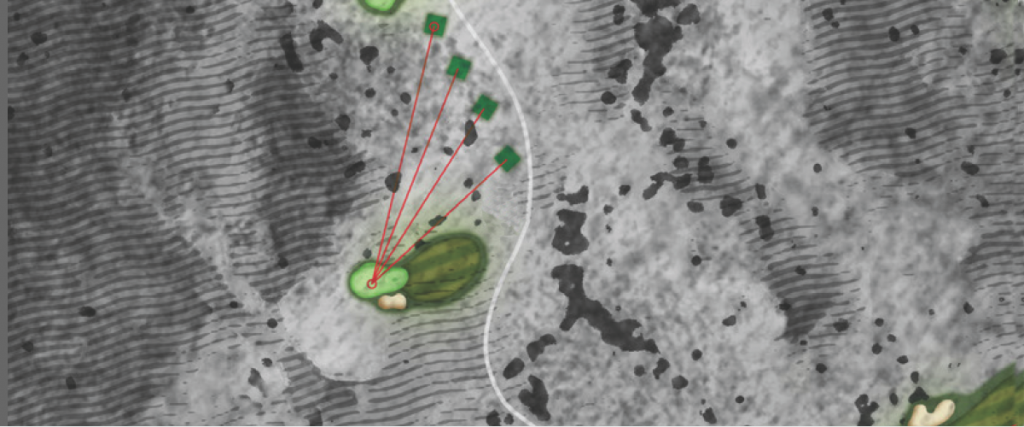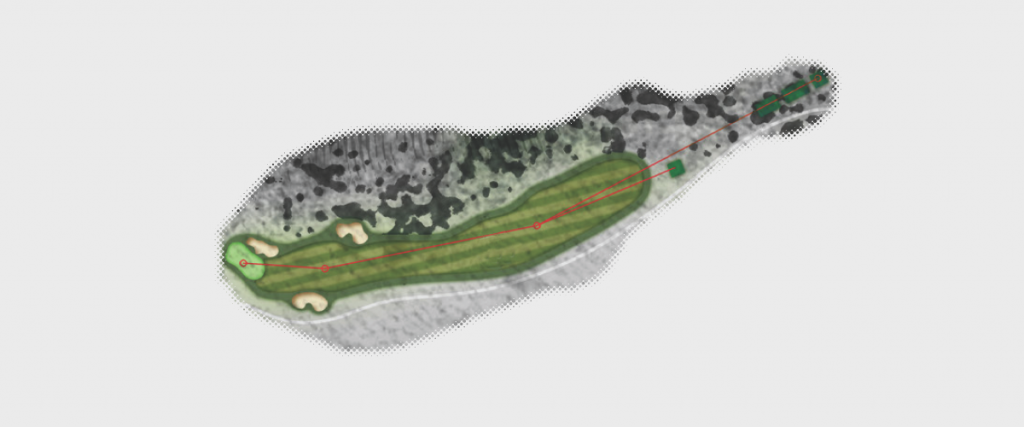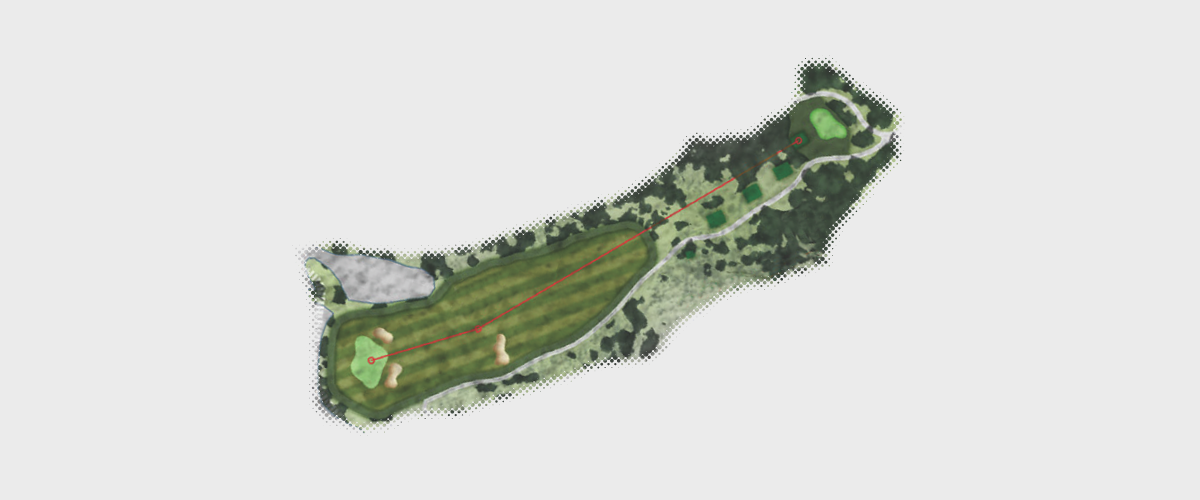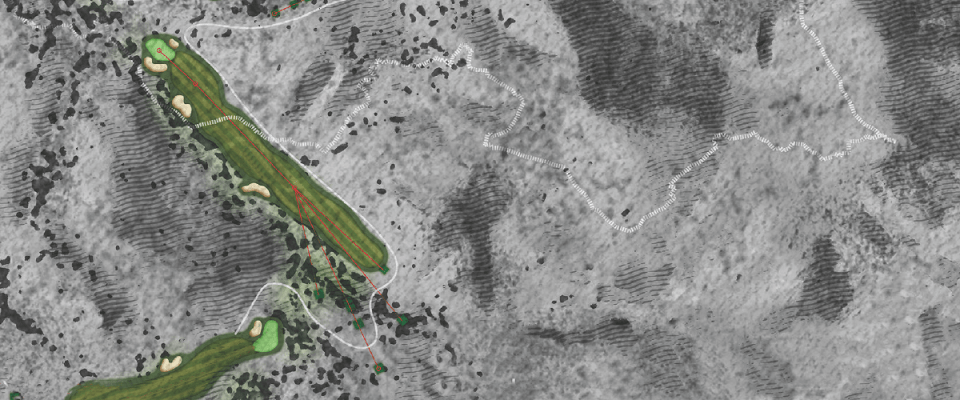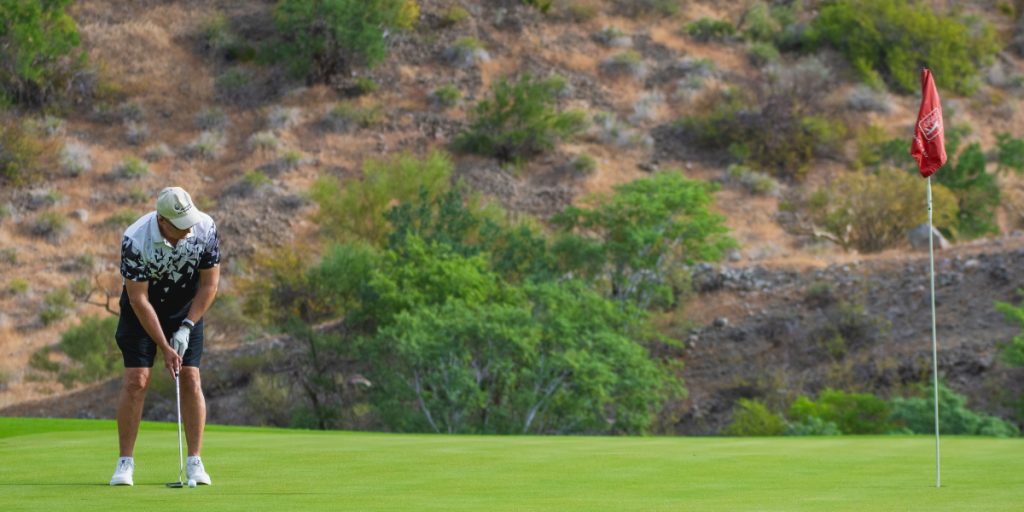


How to Properly Grip a Golf Club
The grip is perhaps the most important fundamental in the golf swing. Why? Because the only connection golfers have with the club is with their hands.
With a poor grip, you’ll have to make compensations throughout the swing to square the clubface at impact. That’s why it’s absolutely crucial that you learn how to grip the club the correct way.
Three-time major champion Padraig Harrington is exceedingly blunt on this topic. “There is no point in playing this game unless you have a good grip,” he says.
According to Joe Plecker, director of instruction at The Landings in Savannah, Ga., “The grip isn’t one size fits all. Every golfer has a slightly different structure to their arms and body. To deliver a square clubface, some will need their trail hand more on top of the club. Others, more under. But the basics of the grip hold true.”
The Golf Grip is in the Fingers
Struggling with your swing? Hitting the ball erratically? Check your grip. A functional grip should give you both freedom and control.
Here are a few keys to help you grip the club properly—and make a good swing.
1. Fingers, Not Palms
The first key to a good grip is holding the club in the fingers, not the palms. Think about how you would pick up a suitcase handle or place your hands on a barbell to do a bench press. “You’d never be in your palms,” Harrington says. “The handle or bar would be in your fingers.” As for grip pressure, the great Sam Snead said golfers should grip the club as if they’re holding a live bird. Firm enough so it can’t escape, but no firmer. Excessive grip pressure contracts the muscles, inhibiting the ability to make a smooth, powerful swing.
Once you’ve gripped the club with your fingers, it’s time to place your thumbs on top. When you place your lead hand on the club, you want the thumb to be slightly across the grip, and then you want the thumb of your trail hand to be slightly across in the opposite direction. “If there’s a ‘V’ there, it should point between your chin and your trail shoulder,” Harrington says.
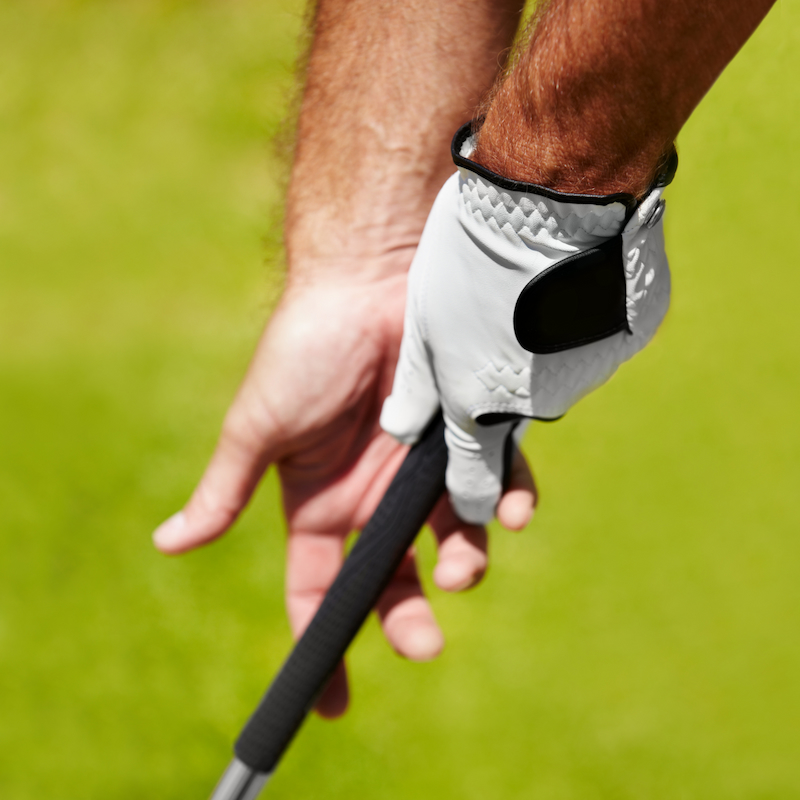

Overlapping, Interlocking and 10-Finger Grips
2. Getting Started
You’re in your most natural position as a golfer when you’re standing erect with your arms dangling freely at your sides. This is a good starting place to grip the golf club with your lead hand. Next, hinge the club up with your lead wrist. Your wrist needs to have this range of motion as you swing. Raising the club will help to clarify what a good grip is for you. If you hinge the club up and the clubface begins to open or close, return the club to your side, adjust your hand position, and start again. It’s a great way to check the position of your lead hand because it mimics the action you’re going to use in the golf swing.
Depending on what feels right, there are several ways to place your trail hand on the club. Some golfers’ hands will be more under the grip, some on the side, others more on top. No matter what, the club should be in base of the fingers of your trail hand. You want your trail palm to cradle your lead hand thumb to stabilize and unify the hands.
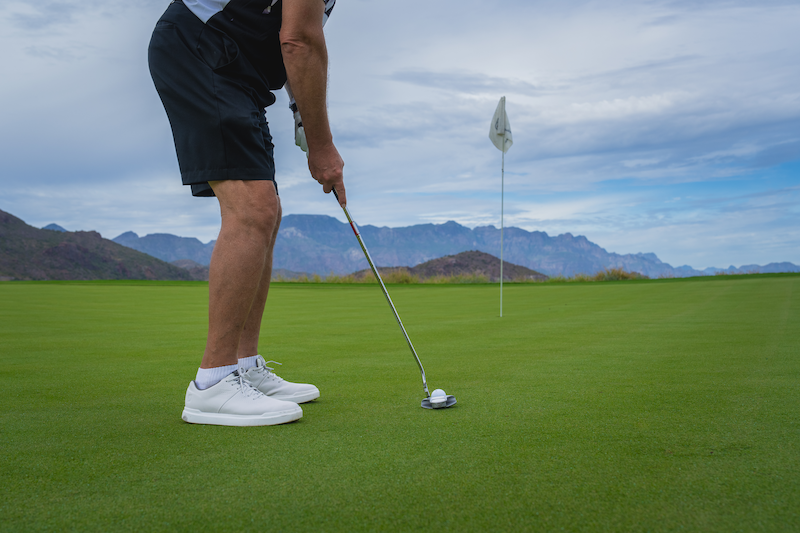

3. Final Touches
Most elite players use an overlapping grip (a.k.a. the Vardon grip), with the pinky of the trail hand rested on or nestled around the index finger of the lead hand. Another option is the interlocking grip, a good choice for those with smaller hands, including juniors and women. With this grip, the pinky of the trail hand is inserted between the index finger and middle finger of the lead hand. While most pros favor the overlapping grip, Jack Nicklaus, Tiger Woods and Rory McIlroy, among others, have used the interlocking grip with great success. Beginners who struggle with either the overlapping or interlocking grips can start with a 10-finger or baseball grip by placing all ten fingers around the grip of the club.
Check for any gaps between your fingers. You want none. A unified grip increases the surface area over which you can push and pull on the handle, giving you greater control of the clubface.
Final thoughts. Making subtle adjustments is the key to arriving at the ideal grip for you. Experiment. Find a grip that enables you to minimize tension and swing freely.






